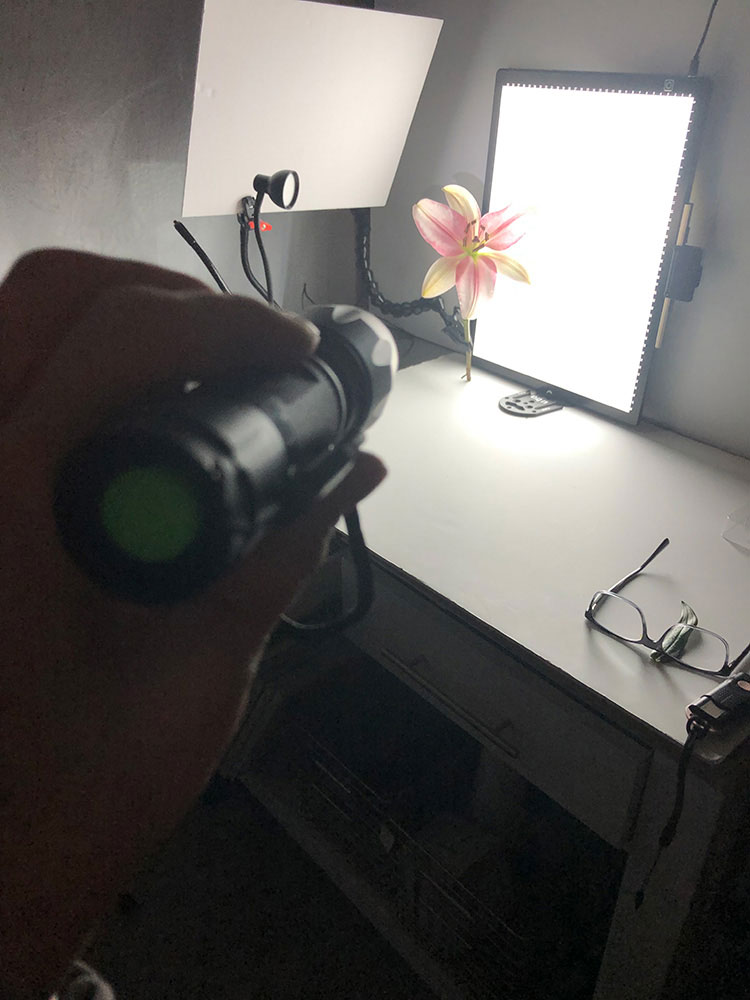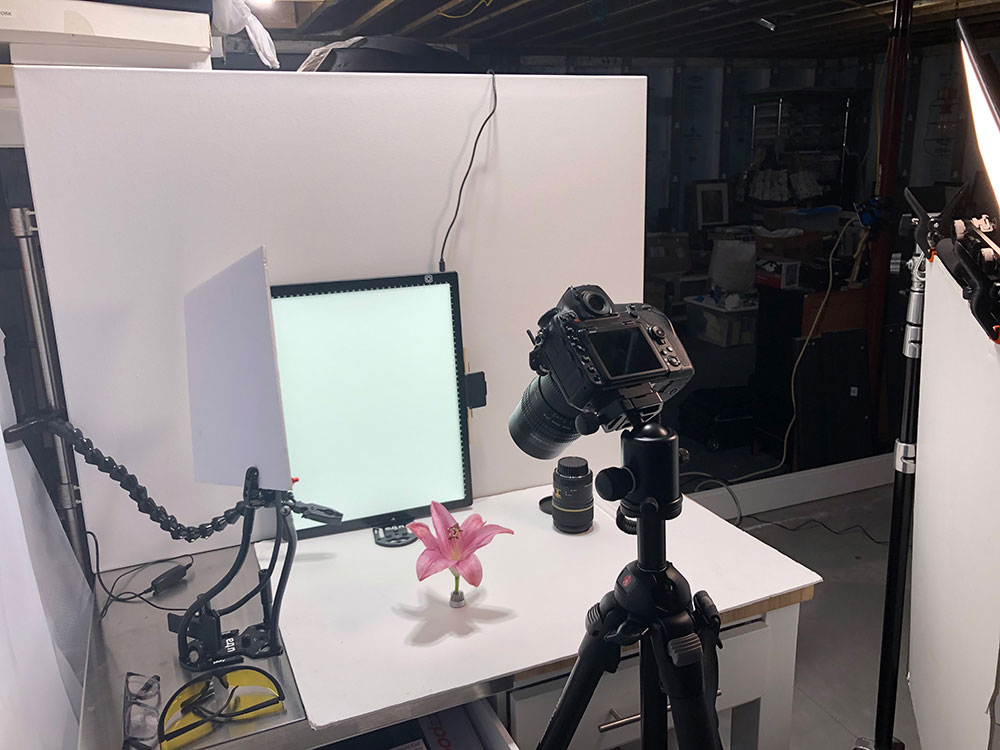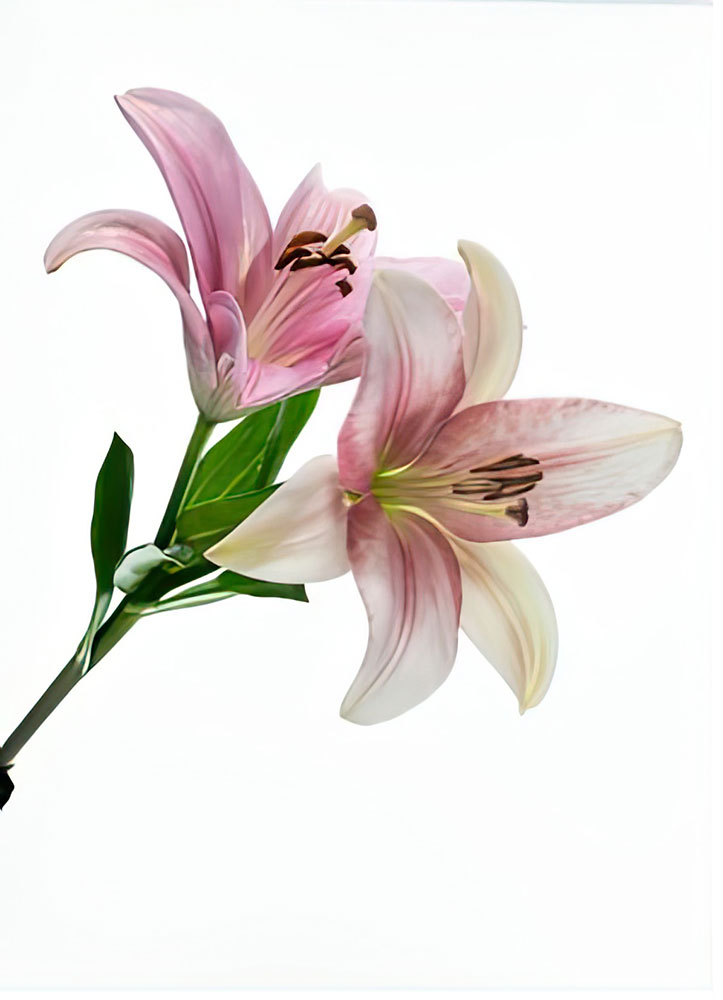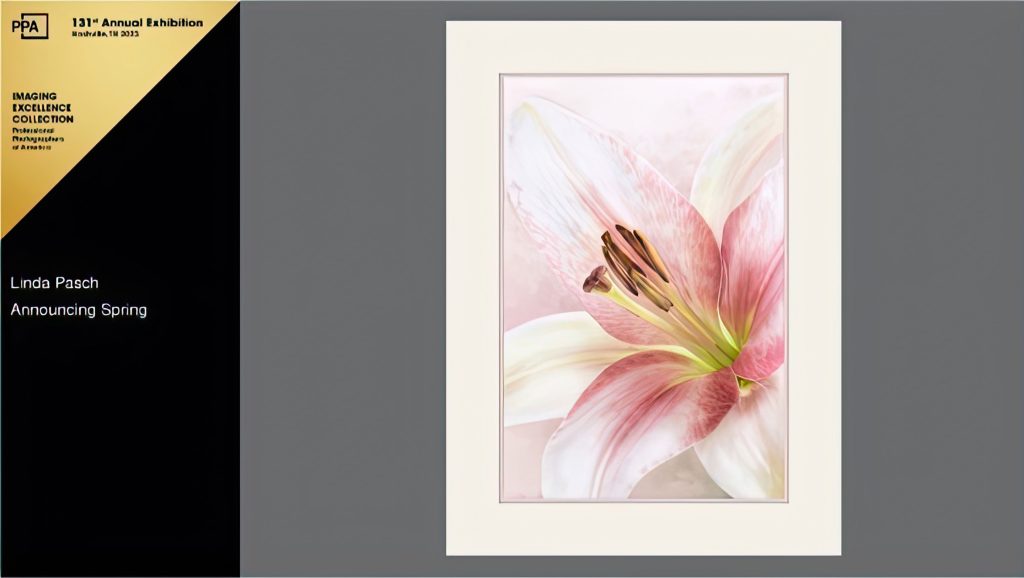During 2020-2022, I fought the isolation and threat of the pandemic with a deep dive into meditation, art and studio lighting. I set up a basement studio including a table-top studio to play with lighting and still life photography to improve my skills as a volunteer photographer for NILMDTS, a non-profit organization that provides free portraiture to families of stillborn infants.
Flowers seemed to be the perfect proxy using the same diffuse lighting to capture the soft curves and tiny features. At the same time, I was exploring mindfulness and cognitive behavioral therapy to improve my resilience toward the challenges to my peace of mind. I learned that mindfulness is not just meditation. It teaches us to be more present and more intentional in our daily life. Becoming more intentional in my life also made me more intentional in my photography.
What do I mean by being more intentional in photography? It is being present with your subject and being more deliberate in choosing how to capture the subject. Why did I choose that subject? How does the subject make me feel? How can I translate that to the image so that the viewer will see, smell, hear, taste, even touch what I feel?
How can I compose and edit the image to evoke those emotions? I began planning my approach to subjects allowing for serendipity to discover new ways to be more creative. Most of the time I know the title of my image before I click the shutter. My image “Announcing Spring” is one example of my new approach to my photography.
I originally took several images of lilies that I bought in the grocery store to create personal greeting cards. I was drawn to the color and shape of this flower as it appeared to be a trumpet announcing that spring was around the corner. The pale pink and white flowers have a luminous quality and delicate petals that take on an ethereal quality in soft light. The stamens and pistil have a unique texture that makes them look almost hand drawn.

I was experimenting with my light pad and light painting with longer exposure times to create that luminous quality. Using this method reduced the amount of editing that I would need to create the final image.
Technical details and raw image: Nikon D850, Tamron 90mm macro lens 1/20 s; f/11; ISO 200 Tabletop setup using A3-D36 LED Light Pad, LED flashlight, LED panel, white foamboard, tripod
I decided that the larger lily would be the subject. The LED light pad provided the backlighting, an LED panel placed about 45o to the right and above the lilies was the main light. White foamboard to the left and on the table provided fill light. A small LED flashlight was moved in circles around the large lily during the exposure to illuminate the center. The light panel created the translucency and ethereal look to the petals that I was trying to achieve in camera.

During editing, I decided that the light should come from the left side, so I opened the raw image in Photoshop without adjusting it in Camera Raw then flipped the image horizontally and cropped into the large lily to enhance “hearing” the “trumpets” and “touching” the soft petals. I wanted the image to be lighter and softer, so I used NIK Color Efex Pro then a curves adjustment to bring down the highlights.

The lily was then placed on a new background and matted once I realized this might make a good competition image. All the intentional lighting during image capture paid off with little time spent in Photoshop. The final image was awarded IPC Image Excellence award in 2023.



















